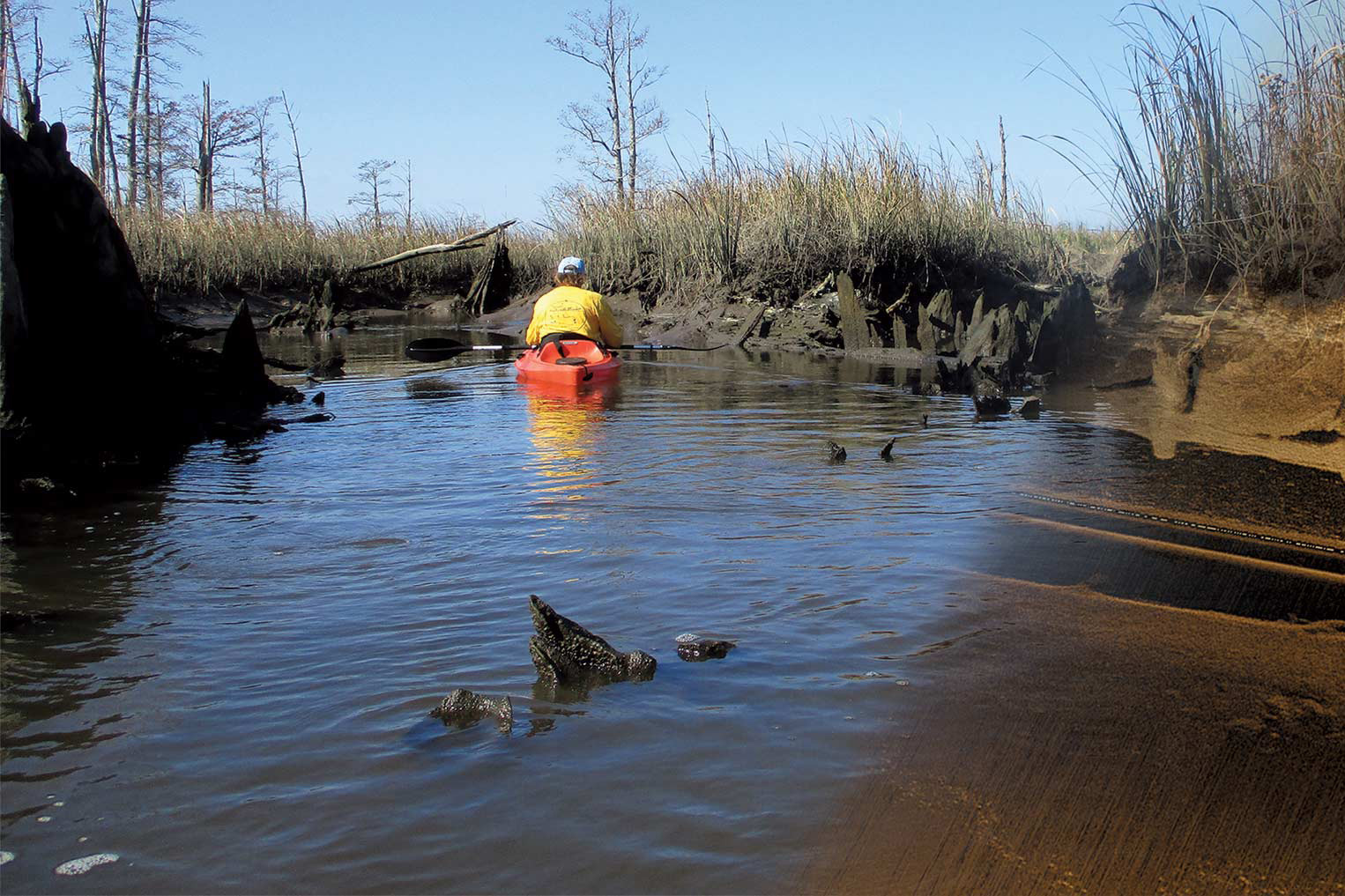NSF and DOE Establish a Research Coordination Network Dedicated to Enhancing Privacy Research
Department of Energy, Office of ScienceIn response to the rapidly evolving landscape of data collection and analysis driven by advances in artificial intelligence, the U.S. National Science Foundation (NSF) and the U.S. Department of Energy (DOE) have established a Research Coordination Network (RCN) dedicated to advancing privacy research and the development, deployment and scaling of privacy enhancing technologies (PETs). Fulfilling a mandate from the "Executive Order on the Safe, Secure, and Trustworthy Development and Use of Artificial Intelligence," the initiative advances the recommendations in the National Strategy to Advance Privacy-Preserving Data Sharing and Analytics to move towards a data ecosystem where the beneficial power of data can be unlocked while protecting privacy.







































